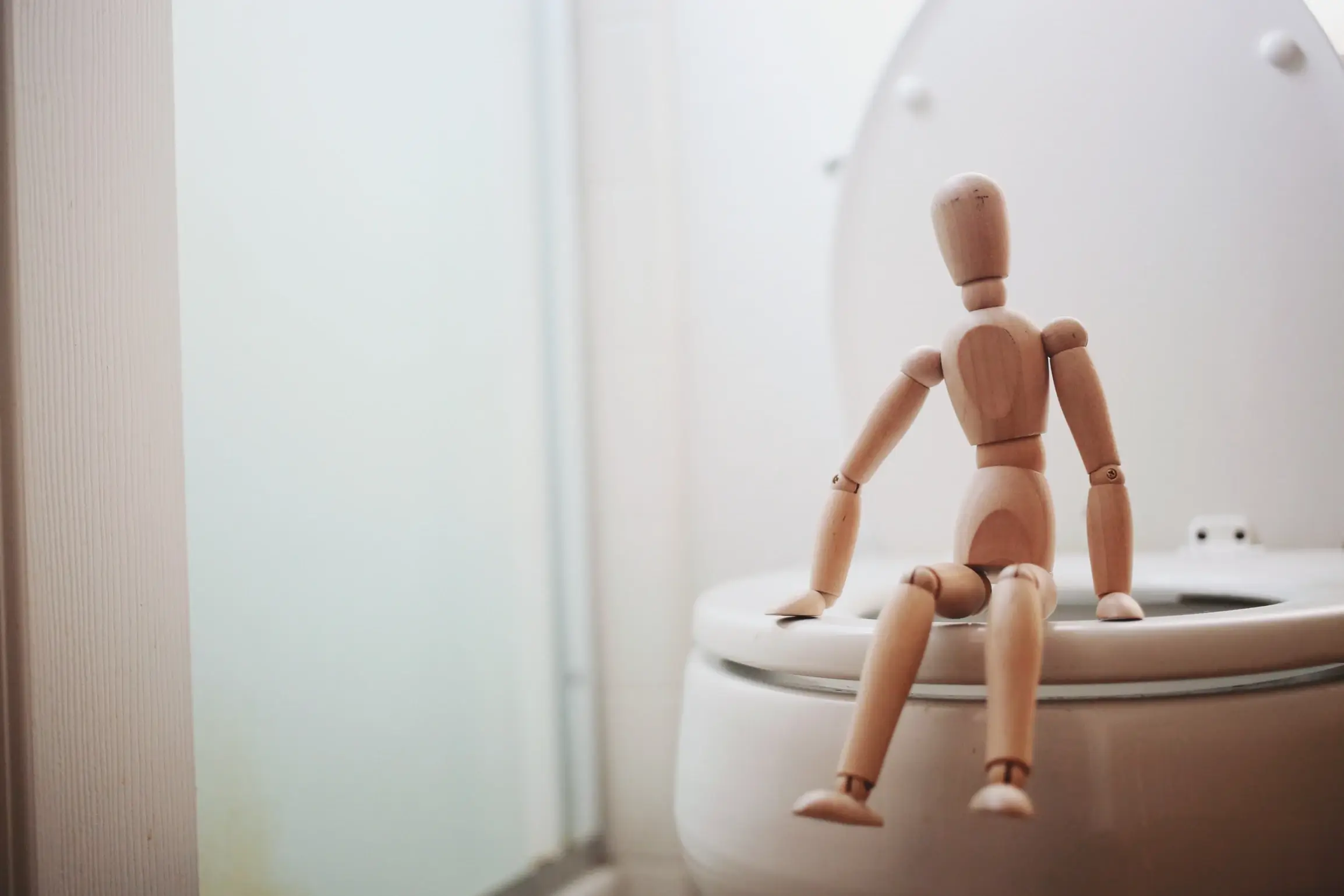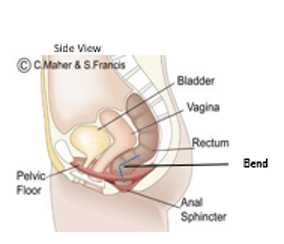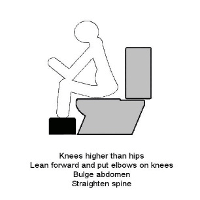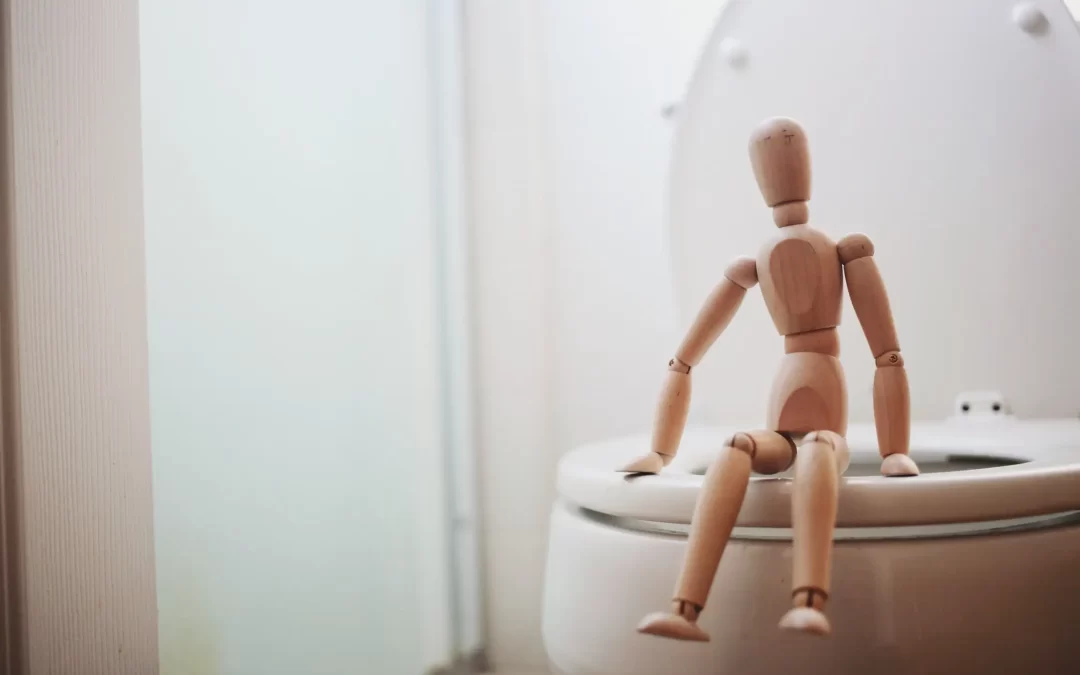
Our philosophy is simply all about building a healthier you.
How to Poo Correctly!
Do you know how to “poo” correctly?
Who knew there was even a “wrong” way?!
Sometimes understanding a little about our anatomy and how our toilets have been designed can help us see why we have perhaps unlearned correct toileting technique.
Why does it matter?
If we cannot fully empty our bowels correctly, due to poor technique, the faeces remains in the bowel, slowly having water removed from it via the gut walls, leaving us with a brick-like stool that we still need to expel. Constipation and straining are a leading cause for many pelvic floor issues, including prolapse, as well as exacerbation of haemorrhoids and ongoing pain issues. If we can get technique right, then some of these issues are avoided.

Anatomical Facts
First fact: Did you know that the back passage of our lower bowel is bent? This is great news because it assists us in storing faeces in our rectum (lower bowel) until we are ready to open our bowels, thus preventing any unwanted accidents! However it means we have a “corner” to pass around in order to poo – unless we can learn how to straighten this. Have you ever seen a toddler toilet training in the early days? Or a dog doing a poo? Interestingly, they will both tend to gravitate towards squatting positions. Hmm, why might this be? Squatting in fact, straightens the back passage to allow easier flow of the faeces down the passage. Therefore, if we can somehow try to re-create this squat on the “throne chairs” we have for toilets, we can straighten this “corner” once more just like when we were toddlers. Try leaning forwards when on the toilet and using a step under your feet or even spare toilet rolls, to lift your knees up!


Second fact: Our back exit is surrounded by helpful muscles that also contribute to us keeping faeces in by squeezing! These include the Pelvic Floor Muscles and the anal sphincters. So…..we must therefore know how to relax these, to open the passage up in order to poo well. Bulging your tummy forwards into your lap like a “beer belly” can assist in encouraging relaxation during pooing. Even better, is knowing that if the faeces is a little on the hard side (oops…perhaps need to monitor my fluid, fibre and activity levels), we can use this belly bulge to push the poo out rather than strain (bad bad bad!!). This is simply done by pushing the belly out further like “blowing up a balloon” with pursed lips.
This is a great and simple place to start when learning to poo properly! Certainly specific conditions, nerve issues and anatomical defects may complicate things, for which it may be worth seeking more tailored advice from a women’s health physio, however, knowing the basics may be all someone needs to have complete and satisfying bowel motion with no trauma!!
About the author: Andrea went to specialize in Women’s Health Physio in 2008 when completing her Post Graduate Certificate in Continence and Pelvic Floor Physiotherapy. As a mother of 3, she understands the issues often facing women through life stages and seasons.
Conditions that Andrea treats and educates on include:
- Pregnancy related back/pelvic pain
- Stress Urinary Incontinence (leakage with activity)
- Urinary Urgency and Incontinence (leakage with urgency)
- Dyspareunia (painful intercourse)
- Faecal urgency or Incontinence
- Recurrent Urinary Tract or Vaginal Infections
- Pelvic Organ Prolapse and use of support pessaries
- Obstructed defaecation and constipation
- Diastasis of Rectus Abdominus (abdominal separation)

